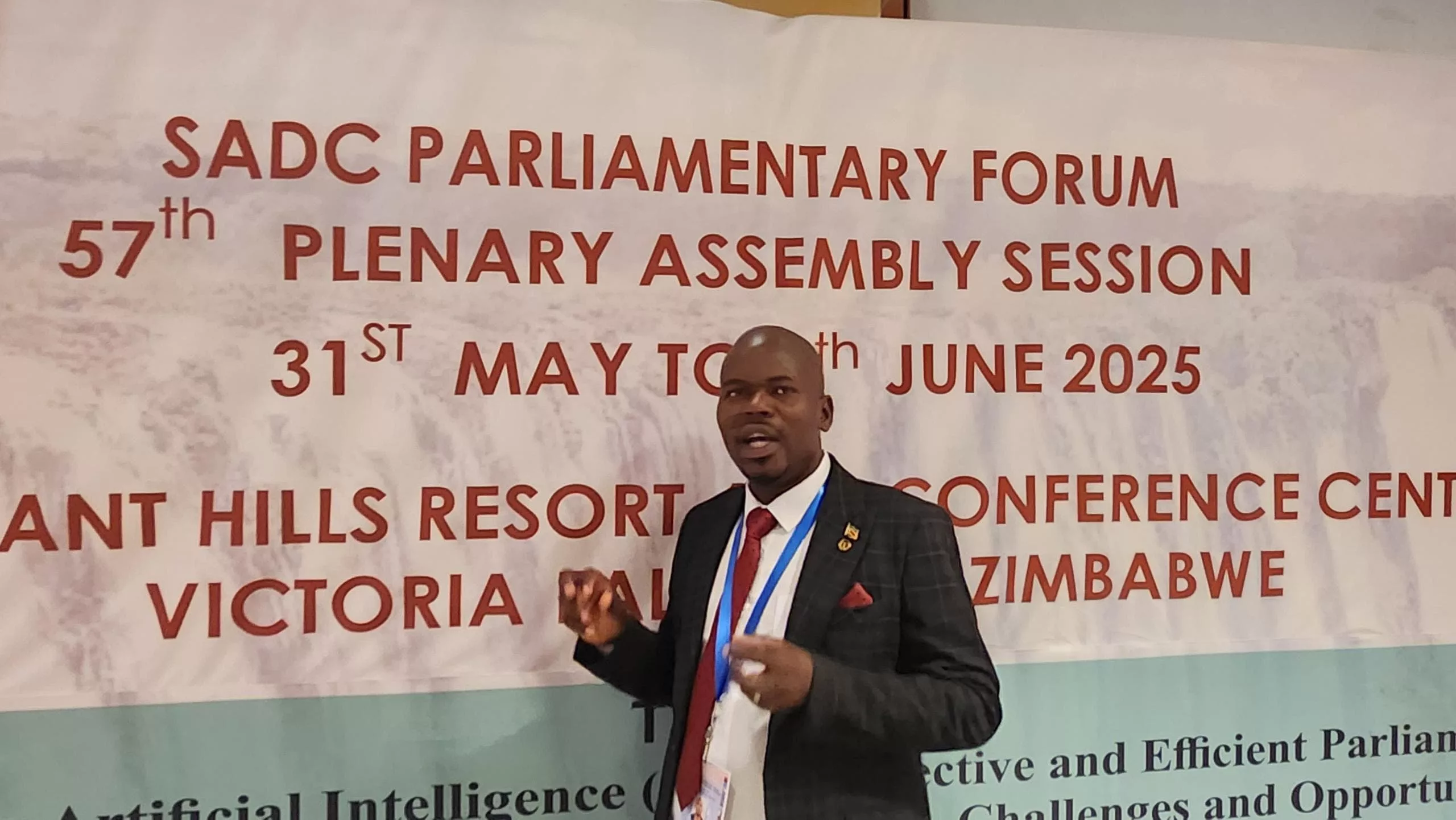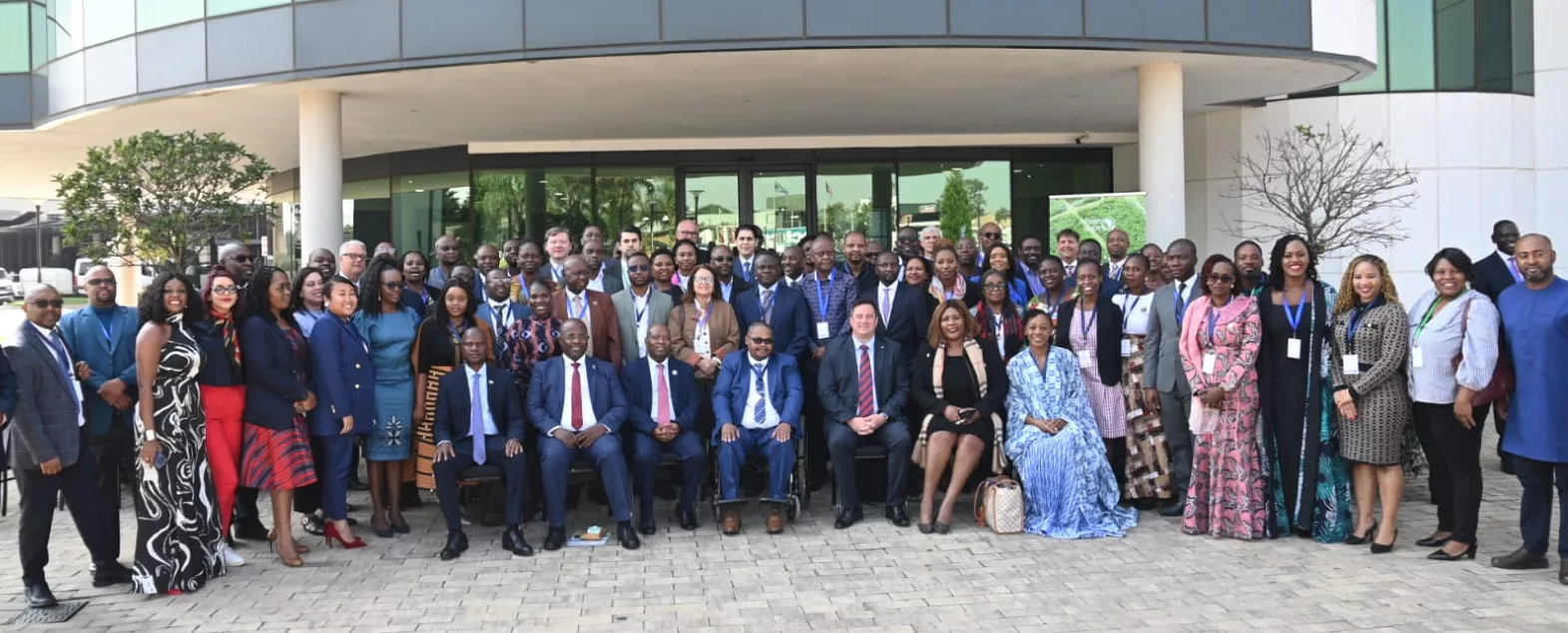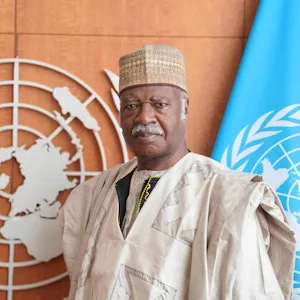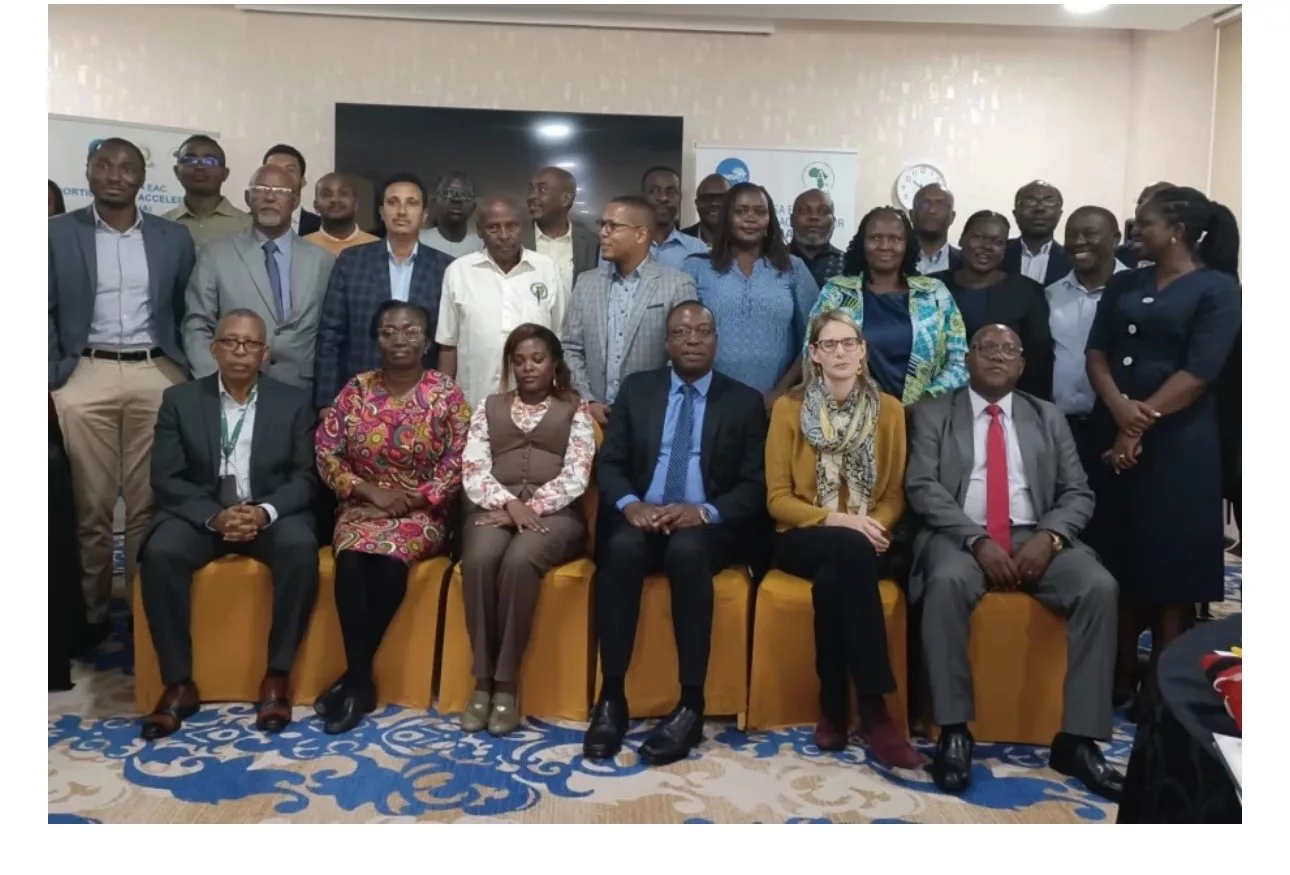|
Getting your Trinity Audio player ready...
|
Victoria Falls, Zimbabwe – In a bold and visionary presentation delivered at a high-level regional forum in Victoria Falls, Dr. Shakemore Chinofunga, Executive Director of ICT at Chinhoyi University of Technology, called on the Southern African Development Community (SADC) to embrace a unified digital enterprise framework grounded in Artificial Intelligence (AI) and structured through the Whole-of-SADC Enterprise Architecture (WoSEA).
Speaking under the theme “Leveraging AI as a SADC Development Strategy Accelerator,” Dr. Chinofunga strongly advocated for the creation and widespread adoption of WoSEA, describing it as a cornerstone for driving regional integration, smart governance, and digital innovation across member states.
“We must create and adopt a shared architecture that enables interoperability, data-driven decisions, and citizen-focused digital services,” he stated.
He stressed that WoSEA is not merely a technical concept, but a strategic enabler that aligns with the African Union Agenda 2063, the UN Sustainable Development Goals, and the SADC Digital Transformation Strategy (2020–2030). Without this unified approach, he warned, the region risks technological fragmentation, inefficiency, and digital exclusion.
AI: The Engine of Modern Governance
Dr. Chinofunga showcased how AI can transform public institutions, enhancing legislative research, automating workflows, enabling citizen engagement through chatbots, and supporting predictive decision-making. “AI will not replace human beings,” he said, “but a human being using AI will replace you.” The message underscored the urgency for parliaments and governments to adapt.
Why WoSEA Matters Now
The Whole-of-SADC Enterprise Architecture provides the foundation for structured, secure, and scalable implementation of digital initiatives. With integrated components such as cybersecurity, application management, data governance, and service provisioning, WoSEA offers a harmonized framework for rolling out e-government platforms, smart agriculture, digital health, and AI-enabled services across ministries.
“Through WoSEA, SADC can standardize systems, reduce duplication, improve service delivery, and ensure accountability across borders,” Dr. Chinofunga emphasized. He called for member states to adopt and operationalize the framework without delay.
Universities as Drivers of AI Development
Highlighting the critical role of academia, Dr. Chinofunga positioned universities like CUT as catalysts for innovation, AI research, and skills development. He urged the education sector to integrate AI literacy across disciplines, not just in computer science, but in fields like development studies, law, and media.
He noted that initiatives such as Zimbabwe’s Smart 2030 Plan, Rwanda’s AI Policy, and Zambia’s National AI Strategy provide strong national models, but stressed the importance of a regional, architecture-based approach to ensure coherence and cross-border impact.
Balancing Innovation with Responsibility
Dr. Chinofunga also addressed public concerns about AI’s ethical risks, job displacement, and data security. He recommended proactive measures including AI literacy training for parliamentarians, robust cybersecurity frameworks, and clear change management plans to ensure responsible implementation.
A Call to Regional Action
Closing his presentation with a multilingual call for unity, “Tatenda, Siyabonga, Asante, Twalumba, Kea Leboga”, Dr. Chinofunga appealed to policymakers, technologists, and development partners to prioritize the institutionalization of WoSEA and to participate in the AI movement with purpose, foresight, and collaboration.
“The future of digital governance and sustainable development in SADC,” he concluded, “depends on our readiness to architect it together—with AI, with urgency, and with vision.”






